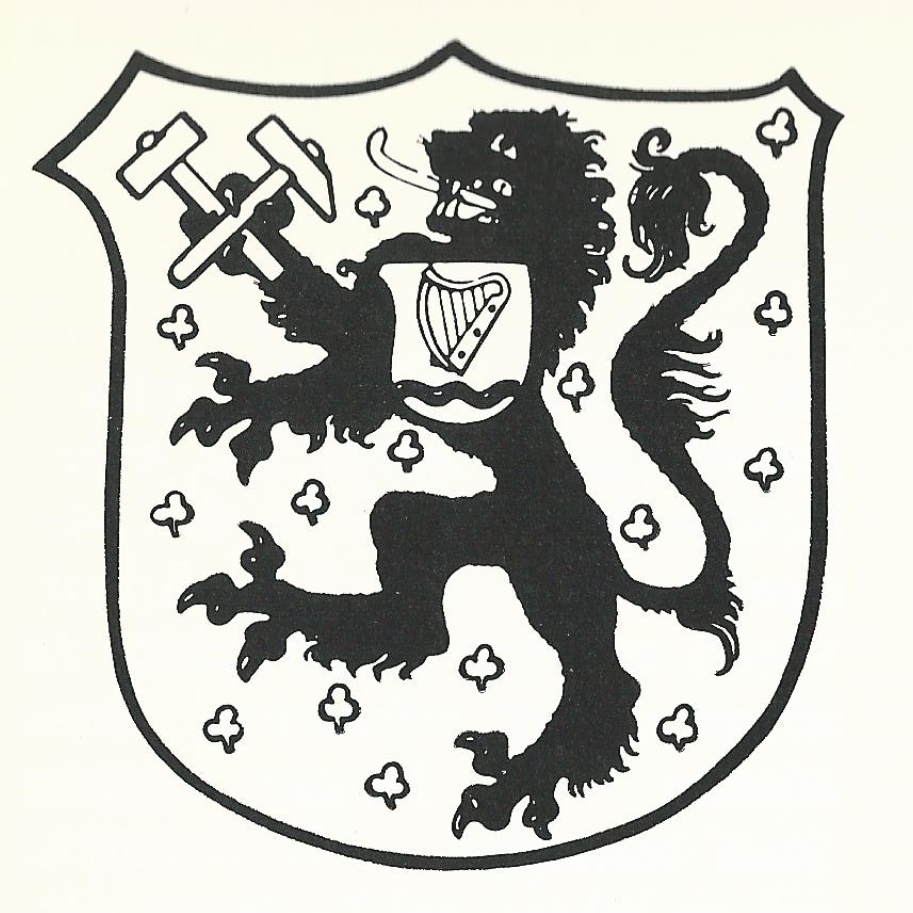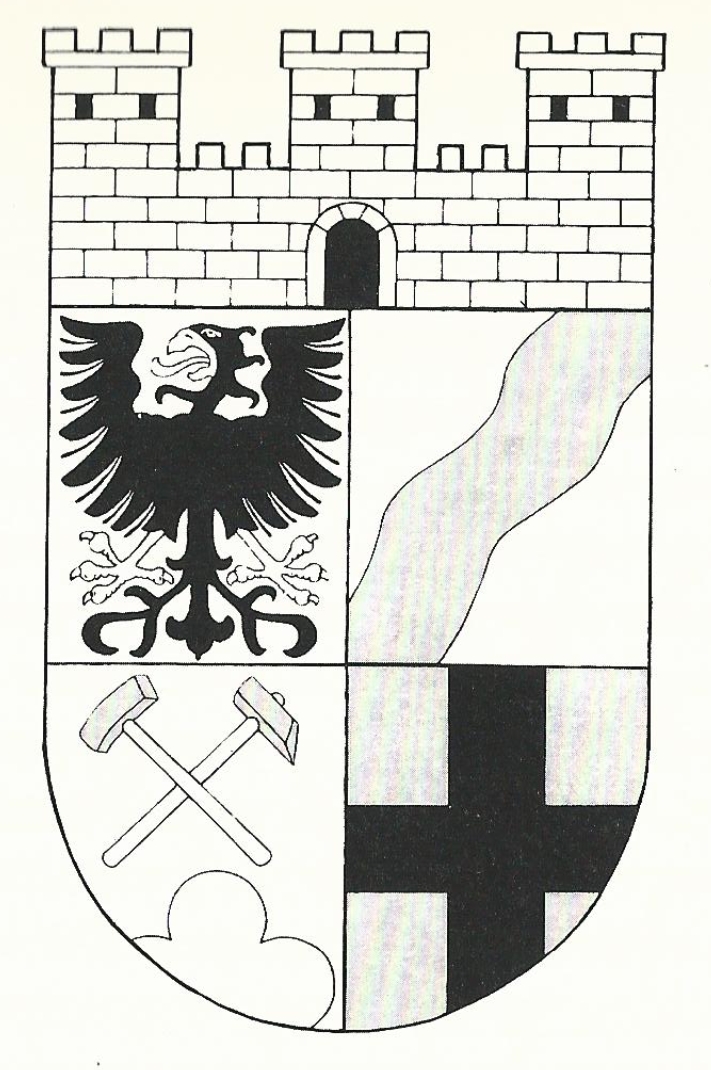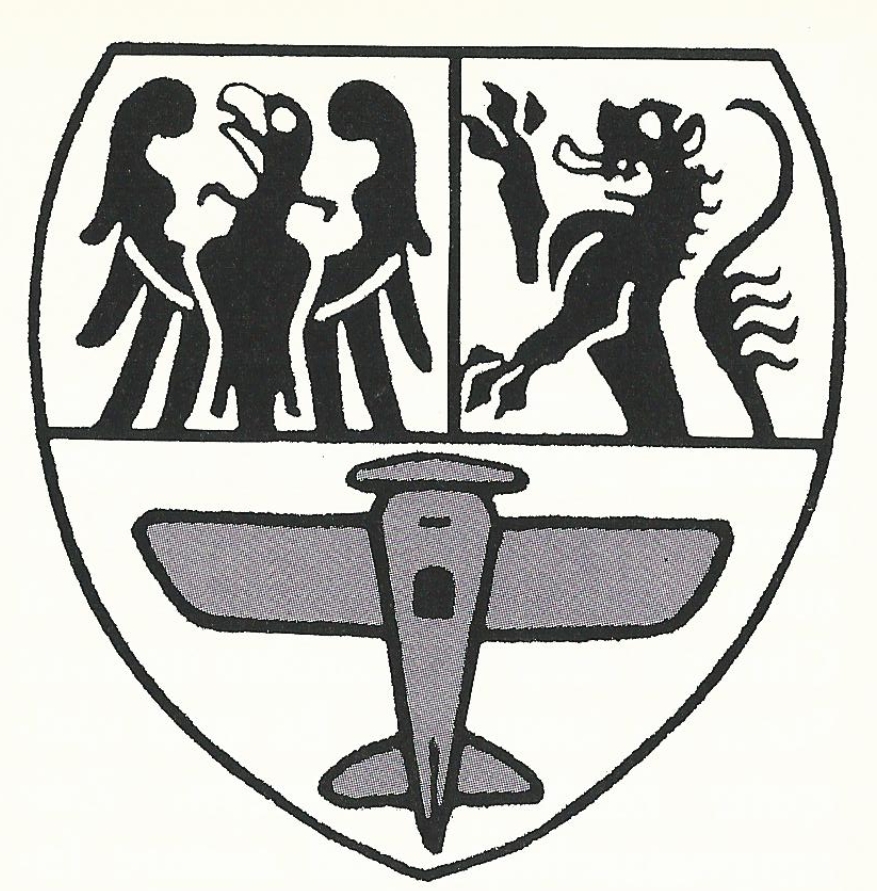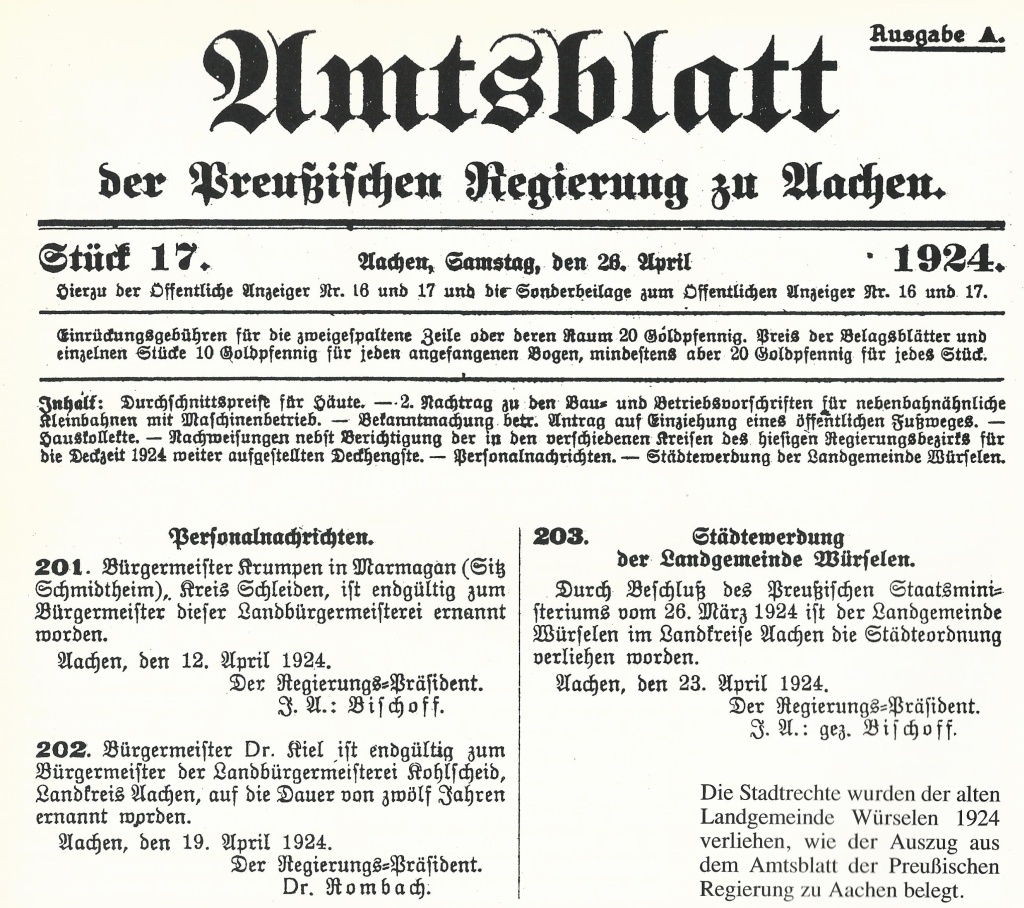For a more detailled treatise on the history of Würselen refer to the book "Würselen - History of a City" Part I. Start reading see here.
Würselen is located northeast on the edge of the Aachen basin, in close proximity to the Netherlands and Belgium, the Northern Eifel and the High Fens. In 1972, the municipal reorganization let Würselen incorporate the former communities Bardenberg and Broichweiden. When the today's city area was first settled, is not known. Corresponding finds suggest that people lived here in the Neolithic period. Some names, for example for the river Wurm, the first known name Bardenbergs ,Bardunbach’ and some other evidence point to the Celtic time; Graves, coins and vessels, like Roman roads, allow to draw conclusions about the settlement during Roman times.
The river Wurm separated the settlement areas. To the west the Romans settled Segnier and Kondrusen (Celtic tribes), to the east they settled Germanic Ubier.
As time went by, the Franks then occupied this region, and Franconian kings built their extensive Palatinate in Aachen.
From this time the first written references result. Bardunbach, which means Bardenberg, was mentioned in 867, when King Lothar II of Otbert acquired a larger estate there. A short time later, Würselen was mentioned for the first time, when Ludwig the German in 870 transferred the parish church of 'Wormsalt' to Abbot Ansbold von Prüm.
In the Middle Ages, the present urban area was territorially on two different sides, Bardenberg and Broich (with Linden, Neusen, Vorweiden, Euchen and Birk) belonged to the Duchy of Jülich, while Würselen and Weiden counted as quarters to the Aachen Empire.
the villages Würselen, Bissen, Elchenrath, Grevenberg, Morsbach. Scherberg, Schweilbach belonged to the Würselener Quartier. This also holds for some dwellings and farms such as Neuhaus or Kaisersruh. The localities Dobach, Dommerswinkel, Drisch, field, Haal, St. Jobs and Wersch belonged to Weiden.
Considering this list and in the following manifold communal associations, which each time also rearranged the villages, indicate how changeable the territorial history of our city is.
In 1904, some villages, formerly belonging to Weiden, but at that time already counting to the rural community of Würselen, were combined with the villages of the old quarter of Würselen to establish the municipality of Würselen, years after the French had in turn structured the area according to their ideas.
In 1935, the communities Broich and Weiden were united to the municipality of Broichweiden.
Finally, in 1972, the present city of Würselen was formed combine the municipalities Bardenberg, Würselen and Broichweiden to the new city. Since then, the villages Niederbardenberg belongs to Herzogenrath and the Broicher settlement to Alsdorf. During this complex development, the citizens of our city used not to give up the traditional names, so one comes from Scherberg, Linden, Morsbach, Weiden or Dobach; that is, the old village names have remained alive, up to this day.
The coat of arms of Bardenberg (1935)

The Bardenberg coat of arms shows the Jülich lion in a clover-strewn environment, evidence of belonging to the county or the Duchy of Jülich and a flourishing landscape. Hammer and mallet in the paw of the lion point to the centuries-old mining. In the chest, the lion carries a lyre over a black wavy bar pointing to the river Wurm. On the other hand, this instrument of the 'bards' refers to passion of the citizens to sing. However, the name of the former community Bardenberg cannot be derived from this concept.
The city arms of Würselen (1922)

The four-part Würselener coat of arms shows the imperial eagle on the top left indicating that it was belonging to the 'Aachener Reich'; a wave bar at the top right as an indication of the river Wurm, on the lower left hammer and mallets point over the Dreiberg towards the mining, right below finally the black cross as a sign of belonging to the Archdiocese of Cologne.
The wall on the escutcheon was a reminiscent of the city rights, which Würselen was awarded in 1924.
The coat of arm of Broichweiden (1935)

The coat of arms of the former municipality Broichweiden has three parts. In the large lower field, an aircraft points to the Merzbrück airfield. Weiden was formerly part of the Aachen Empire, as the halved eagle in the field on the top left shows; Broich, however, lay in the land of the Count of Jülich, whose heraldic animal, the lion, is also halved in the right upper field of the coat of arms.

In 1924, the city rights were awarded to the old rural community Würselen, as evidenced by the excerpt from the official gazette of the Prussian government to Aachen.

